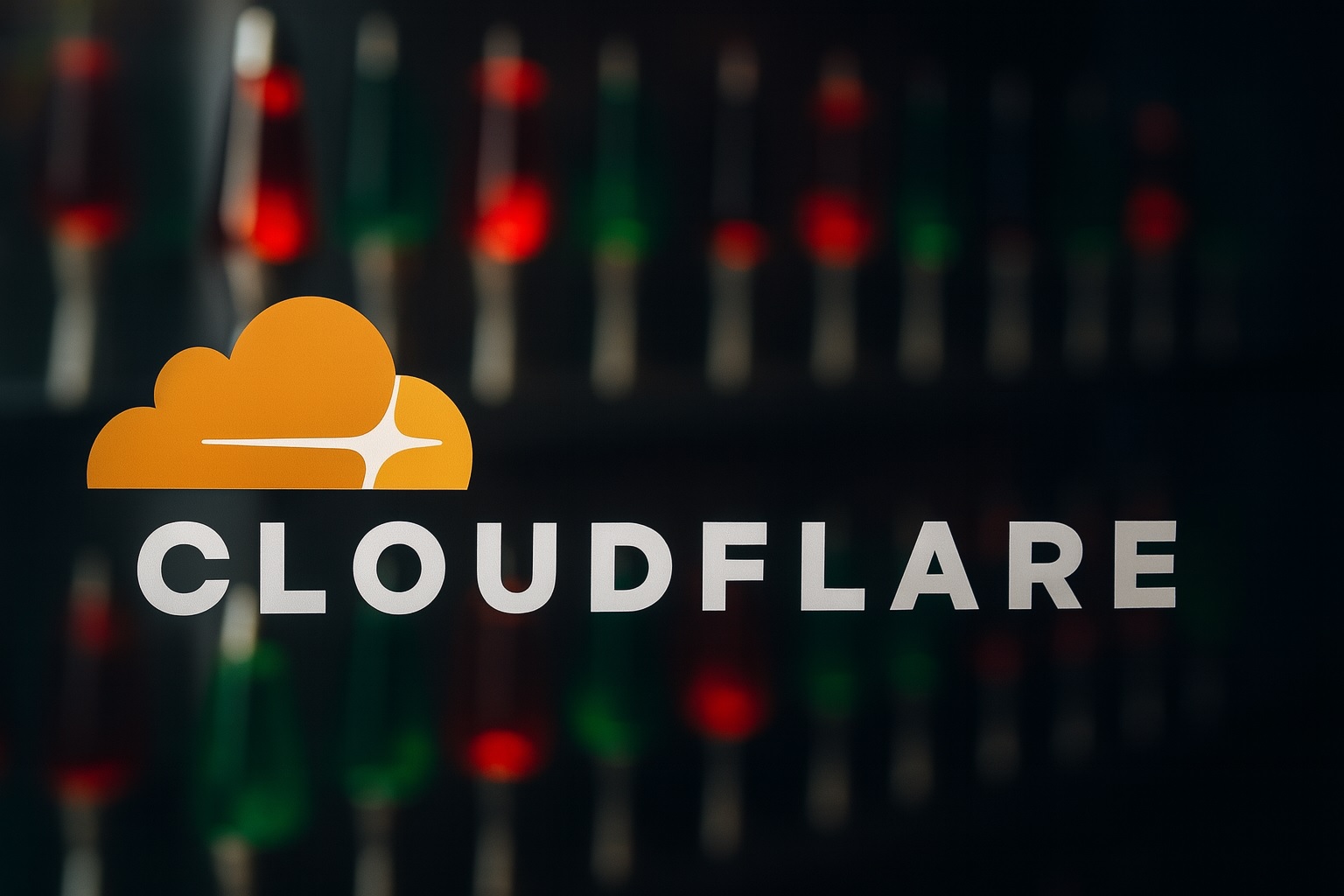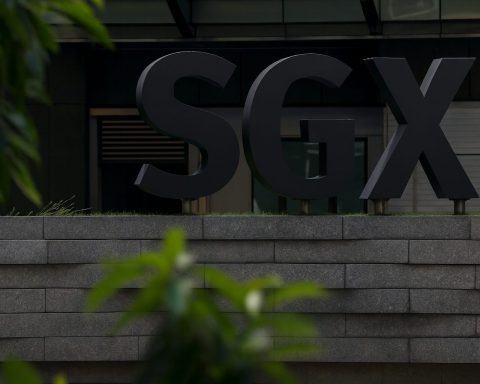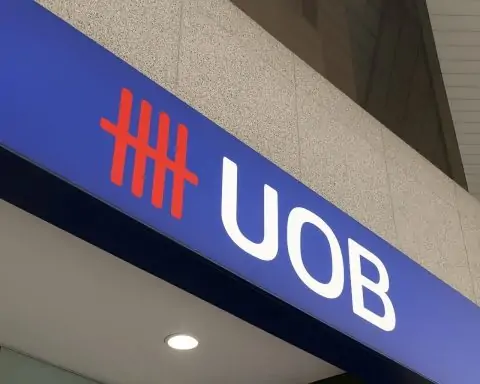Cloudflare, Inc. (NYSE: NET) is back in the headlines today after a major global outage on 18 November that briefly broke large parts of the internet, even as the company pushes deeper into AI with its planned acquisition of Replicate and continues to post strong revenue growth.
Below is a complete rundown of what happened, how markets are reacting, and what’s new around Cloudflare (NET) on 19 November 2025.
Cloudflare (NET) stock today: trading lower after the outage
As of around midday UTC on 19 November 2025, Cloudflare shares are trading near $196.53, down roughly 2.9% on the day.
Key market context from today’s coverage:
- MarketBeat notes NET opened at about $196.54 this morning, giving Cloudflare a market cap around $68.9 billion, a 12‑month range of $89.42–$260, and a P/E ratio of roughly –655, reflecting that the company is still GAAP-loss making. [1]
- The stock has recently fallen below its 100‑day moving average, a technical level traders watch as a sign of weakening momentum, after selling pressure during and after Tuesday’s outage. [2]
- Despite the pullback, Cloudflare remains up more than 80% year‑to‑date, helped by accelerating growth, raised guidance and enthusiasm around its AI platform. [3]
On Wall Street, NET still carries a “Moderate Buy” consensus rating. MarketBeat’s latest summary today highlights: [4]
- Royal Bank of Canada (RBC): price target raised to $265 (Outperform).
- Morgan Stanley: price target lifted to $235 (Overweight).
- Average analyst target around $235.35, implying double‑digit upside versus today’s price.
At the same time, some research (e.g. a recent “exercise caution” note on Seeking Alpha) warns that Cloudflare’s premium valuation makes the stock vulnerable to shocks like Tuesday’s outage, even if fundamentals remain strong. [5]
What just happened? The 18 November 2025 Cloudflare outage
On 18 November 2025 at 11:20 UTC, Cloudflare’s network began experiencing severe failures delivering core traffic, resulting in HTTP 5xx errors for users trying to access any site or app behind Cloudflare. [6]
According to Cloudflare’s official post‑mortem and follow‑up technical analyses:
- The outage was not caused by a cyberattack. Instead, a routine database permission change in a ClickHouse cluster altered how metadata was returned.
- That change caused a configuration “feature file” used by Cloudflare’s Bot Management system to suddenly balloon in size, exceeding hard‑coded limits in Cloudflare’s proxy software. [7]
- When the oversized file was pushed network‑wide, core proxy processes crashed, leading to widespread failures across the network.
Cloudflare’s own timeline shows: [8]
- 11:20 UTC – Faulty Bot Management feature file begins propagating; 5xx error rates spike.
- 13:37 UTC – Engineers identify the configuration file as the root cause.
- 14:24–14:30 UTC – Generation of new bad files is halted, a known‑good file is deployed, proxies are restarted and most traffic returns to normal.
- 17:06 UTC – Cloudflare reports all services fully restored.
The Economic Times and security outlet Cyber Press both describe this as Cloudflare’s worst outage since 2019, emphasising that the problem stemmed from an internal configuration bug – not a DDoS attack or other malicious activity. [9]
How big was the impact? X, ChatGPT, crypto platforms and more
Because Cloudflare sits in front of a huge share of the modern web, the failure rippled across the internet:
- Cloudflare handles roughly 20% of global web traffic and powers about one‑third of the top 10,000 websites and apps. [10]
- Outage trackers and news reports show that services including X (formerly Twitter), OpenAI’s ChatGPT, PayPal, Spotify, YouTube, Canva, IKEA websites, the UK’s Financial Conduct Authority and MI5 sites, plus numerous news and gaming platforms reported problems ranging from slow loading to complete downtime. [11]
- In crypto specifically, CoinCentral reports that around 20% of internet webpages were affected, including platforms such as Coinbase, Blockchain.com, Ledger, BitMEX, Toncoin explorers and DeFi data sites. [12]
Regional coverage from Korea JoongAng Daily illustrates how users experienced the event on the ground: Korean users saw about six hours of disruption, starting around 8:20 p.m. local time and lasting until just after 2 a.m., impacting ChatGPT, Google, YouTube, X and popular online games. [13]
The incident sparked a wave of reflection about internet concentration risk:
- Crypto and Web3 commentators are using the event to argue for decentralized infrastructure (DePIN) to avoid single points of failure in core internet plumbing. [14]
- Security analysts note how a single misconfigured file in a widely used provider can cascade into a global outage – a textbook example of third‑party risk in digital supply chains. [15]
Cloudflare’s explanation and remediation plan
Cloudflare’s CEO Matthew Prince and CTO Dane Knecht have both publicly apologized and framed the incident as a painful but important learning moment. [16]
From Cloudflare’s own blog and mirrored analyses:
- The root cause was a latent bug in how a feature file for Bot Management was generated and ingested – specifically, a ClickHouse query that didn’t filter by database name, leading to duplicated columns and a far larger file than expected. [17]
- The file was regenerated every five minutes; some runs hit upgraded nodes (producing bad data), others hit old nodes (producing valid data), so services appeared to fail, then recover, then fail again – a pattern that initially looked like an advanced attack. [18]
- Once the configuration issue was identified, engineers froze new deployments, rolled back to a good file, and restarted proxy services worldwide.
Cloudflare has committed to several remediation steps, including: [19]
- Stricter validation and size checks on internal configuration files.
- Expanding global “kill switches” so faulty features can be quickly disabled.
- Hardening failure modes of its core proxy modules so one bad file cannot crash the entire fleet.
- Ensuring observability and error‑reporting systems themselves don’t overload the network during an incident.
Third‑party coverage from GuruFocus and InvestorsObserver stresses that Cloudflare is trying to restore trust by being unusually transparent in its technical write‑up – but some analysts warn that repeated outages could create short‑term reputational risk with large enterprise customers if not handled carefully. [20]
Customer, user and retail‑investor sentiment
Today’s news flow shows a mixed but generally resilient sentiment picture.
Users and customers
- Korean coverage highlights how many consumers discovered overnight just how much of their digital life – from streaming to AI chatbots and gaming – flows through Cloudflare. One user quoted by Korea JoongAng Daily said the outage made them realize “all these technologies I thought were independent were actually much more interconnected than I believed.” [21]
- Some business users temporarily halted work (for example, Canva‑dependent designers) until services stabilized, underlining how tightly productivity now depends on third‑party infrastructure. [22]
Retail investors
A StockTwits news note published early today reports: [23]
- Message volume on Cloudflare’s StockTwits stream jumped 2,000% in the last 24 hours.
- Retail sentiment flipped from “bearish” to “extremely bullish”, with many traders treating the outage sell‑off as a potential buying opportunity.
- Several users explicitly cited Cloudflare’s strong Q3 earnings and the Replicate acquisition as reasons they’re adding NET to watchlists rather than abandoning it.
Wall Street vs. valuation: buy the dip or be cautious?
Sell‑side and independent commentators are drawing different conclusions from the same facts.
Arguments for “buying the dip”
- Barchart’s analysis today notes that NET’s drop below its 100‑day moving average and the post‑outage pullback may be an opportunity for long‑term investors, because most customers are on multi‑year contracts and short outages are unlikely to materially dent revenue. [24]
- TD Cowen has reiterated a Buy rating with a $265 price target, implying almost 40% upside from around current levels. [25]
- The Tokenist frames the incident as a bump in an otherwise powerful AI‑driven growth story, pointing out that NET stock had already slid in the days before the outage and that long‑term demand for Cloudflare’s AI and security services remains robust. [26]
Reasons for caution
- Some valuation‑focused commentators argue that Cloudflare’s “30–30” growth/valuation ratio is approaching stretched territory again after the big post‑earnings rally, and that any execution missteps could lead to sharp corrections. [27]
- Insider‑trading data collated by MarketBeat shows that insiders sold around 510,000 shares worth roughly $108.6 million over the last 90 days, even though insiders still own about 10.9% of the company. [28]
Overall, the market appears to be treating the outage as a governance and reliability warning shot, but so far not as a thesis‑breaking event for Cloudflare’s long‑term story.
Institutional flows: hedge funds still adding NET
Two fresh 13F‑based reports today point to ongoing institutional appetite for Cloudflare, even amid volatility: [29]
- Creative Planning boosted its NET stake by 30.5% in Q2, adding 13,793 shares to reach 59,061 shares worth about $11.6 million at quarter‑end.
- Cetera Investment Advisers increased its position by 16.6%, adding 13,142 shares to hold 92,239 shares valued around $18.1 million.
Across all filings, MarketBeat estimates that about 82.7% of Cloudflare’s stock is now held by institutional investors and hedge funds, a high figure for a still‑unprofitable growth name. [30]
Fundamentals: Q3 2025 numbers remain strong
The outage lands only a few weeks after Cloudflare reported better‑than‑expected Q3 2025 results and raised its full‑year outlook.
From the official Q3 press release and earnings analyses: [31]
- Revenue: $562.0 million, up 31% year‑over‑year, marking a second consecutive quarter of accelerating growth.
- GAAP loss from operations: –$37.5 million (about –7% of revenue).
- Non‑GAAP operating income: $85.9 million (15% margin).
- GAAP net loss: narrowed to about $1.3 million, close to breakeven.
- Non‑GAAP net income: $102.6 million, or $0.27 per diluted share.
- Free cash flow: $75.0 million, about 13% of revenue.
- Large customers: Over 4,000 customers paying more than $100,000 annually, up 23% year‑over‑year and now contributing about 73% of revenue. [32]
Guidance was also raised:
- Full‑year 2025 revenue: now expected between $2.142–$2.143 billion, up from a prior range of about $2.113–$2.115 billion.
- Full‑year non‑GAAP operating income: guided to $297–$298 million. [33]
Management continues to target a $5 billion annual revenue run‑rate over the next several years, and highlighted strong momentum in its Workers developer platform and Zero Trust/SASE security products. [34]
Strategic news: Cloudflare to acquire Replicate for AI
Alongside the outage fallout, today’s commentary keeps circling back to Cloudflare’s latest AI move: its planned acquisition of Replicate, announced on 17 November 2025. [35]
Key details:
- Replicate runs one of the largest catalogs of AI models in the industry – over 50,000 production‑ready models, plus tools for running custom pipelines. [36]
- Cloudflare plans to integrate Replicate into Workers AI, promising that developers will soon be able to deploy almost any AI model globally with a single line of code on Cloudflare’s network. [37]
- The deal is positioned as a way to abstract away GPU and infrastructure complexity, letting developers focus purely on product logic instead of hardware, scaling and backend configuration. [38]
- The acquisition is expected to close in the next couple of months, subject to customary closing conditions. [39]
For investors, the Replicate deal reinforces Cloudflare’s ambition to be a full‑stack “connectivity cloud” and AI infrastructure layer, not just a CDN or DDoS‑protection vendor. That’s central to the bullish “AI‑driven growth” narrative that many analysts are using to justify NET’s premium valuation even after recent volatility. [40]
How financially healthy is Cloudflare after the outage?
Today’s GuruFocus note on Cloudflare’s service disruption pairs outage coverage with a snapshot of financial health: [41]
- Revenue has grown at roughly 32–33% annually over the past three years.
- Gross margins remain around 75%, typical for high‑scale software and edge‑network businesses.
- Operating and net margins are still negative on a GAAP basis, but trending in the right direction as scale improves.
Put simply: Cloudflare is still in “grow first, optimize profitability later” mode, but with improving cash generation – which is partly why investors are treating the outage more as a risk‑management issue than an existential threat.
Key things to watch after 19 November 2025
For traders, customers and regulators, the next few weeks will likely focus on:
- Reliability follow‑through
- Whether Cloudflare’s promised safeguards (extra kill‑switches, better validation, hardened proxy modules) are implemented quickly and effectively. [42]
- Customer behavior
- Any signs of large enterprises diversifying away from Cloudflare, or putting big deals on hold, in response to the outage. So far, commentary suggests most customers are treating it as a one‑off incident, but this will be closely watched. [43]
- Regulatory and systemic‑risk discussions
- Given how much of the internet depends on one company, there may be renewed debate about concentration risk and whether infrastructure like Cloudflare should face additional oversight or resiliency requirements. [44]
- Closing of the Replicate deal and AI roadmap
- Timing and details of the Replicate integration into Workers AI, and whether Cloudflare can convert its powerful AI narrative into sustained, profitable growth. [45]
- NET price action and sentiment
- Whether NET stabilizes above its 200‑day moving average around $197, or continues drifting lower if markets stay risk‑off or more reliability issues surface. [46]
Bottom line for 19 November 2025
For today, Cloudflare (NET) sits at the intersection of short‑term pain and long‑term promise:
- A highly visible outage – likely its worst since 2019 – exposed how a single configuration bug inside a central internet provider can ripple across everything from ChatGPT and X to crypto exchanges and gaming platforms. [47]
- At the same time, the company is delivering strong growth, improving profitability and an ambitious AI roadmap, reinforced by the Replicate acquisition. [48]
The market’s reaction so far suggests investors see the outage as a serious but fixable operational failure, not a structural hole in Cloudflare’s business – but also a reminder that when “20% of the internet” runs through one company, reliability is just as important as innovation.
Disclaimer: This article summarizes publicly available information as of 19 November 2025 and is for informational purposes only. It is not investment advice. Always do your own research or consult a licensed financial advisor before making investment decisions.
References
1. www.marketbeat.com, 2. www.barchart.com, 3. www.tikr.com, 4. www.marketbeat.com, 5. seekingalpha.com, 6. blog.cloudflare.com, 7. blog.cloudflare.com, 8. blog.cloudflare.com, 9. m.economictimes.com, 10. coincentral.com, 11. www.reuters.com, 12. coincentral.com, 13. koreajoongangdaily.joins.com, 14. coincentral.com, 15. cyberpress.org, 16. blog.cloudflare.com, 17. blog.cloudflare.com, 18. blog.cloudflare.com, 19. blog.cloudflare.com, 20. www.gurufocus.com, 21. koreajoongangdaily.joins.com, 22. koreajoongangdaily.joins.com, 23. stocktwits.com, 24. www.barchart.com, 25. www.barchart.com, 26. tokenist.com, 27. seekingalpha.com, 28. www.marketbeat.com, 29. www.marketbeat.com, 30. www.marketbeat.com, 31. www.cloudflare.net, 32. www.tikr.com, 33. www.cloudflare.net, 34. www.tikr.com, 35. www.cloudflare.com, 36. www.cloudflare.com, 37. www.cloudflare.com, 38. techintelpro.com, 39. www.cloudflare.com, 40. tokenist.com, 41. www.gurufocus.com, 42. blog.cloudflare.com, 43. www.gurufocus.com, 44. coincentral.com, 45. www.cloudflare.com, 46. www.marketbeat.com, 47. m.economictimes.com, 48. www.cloudflare.net







